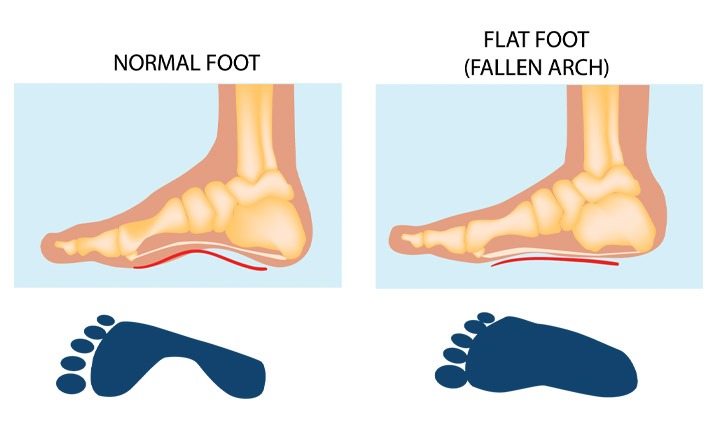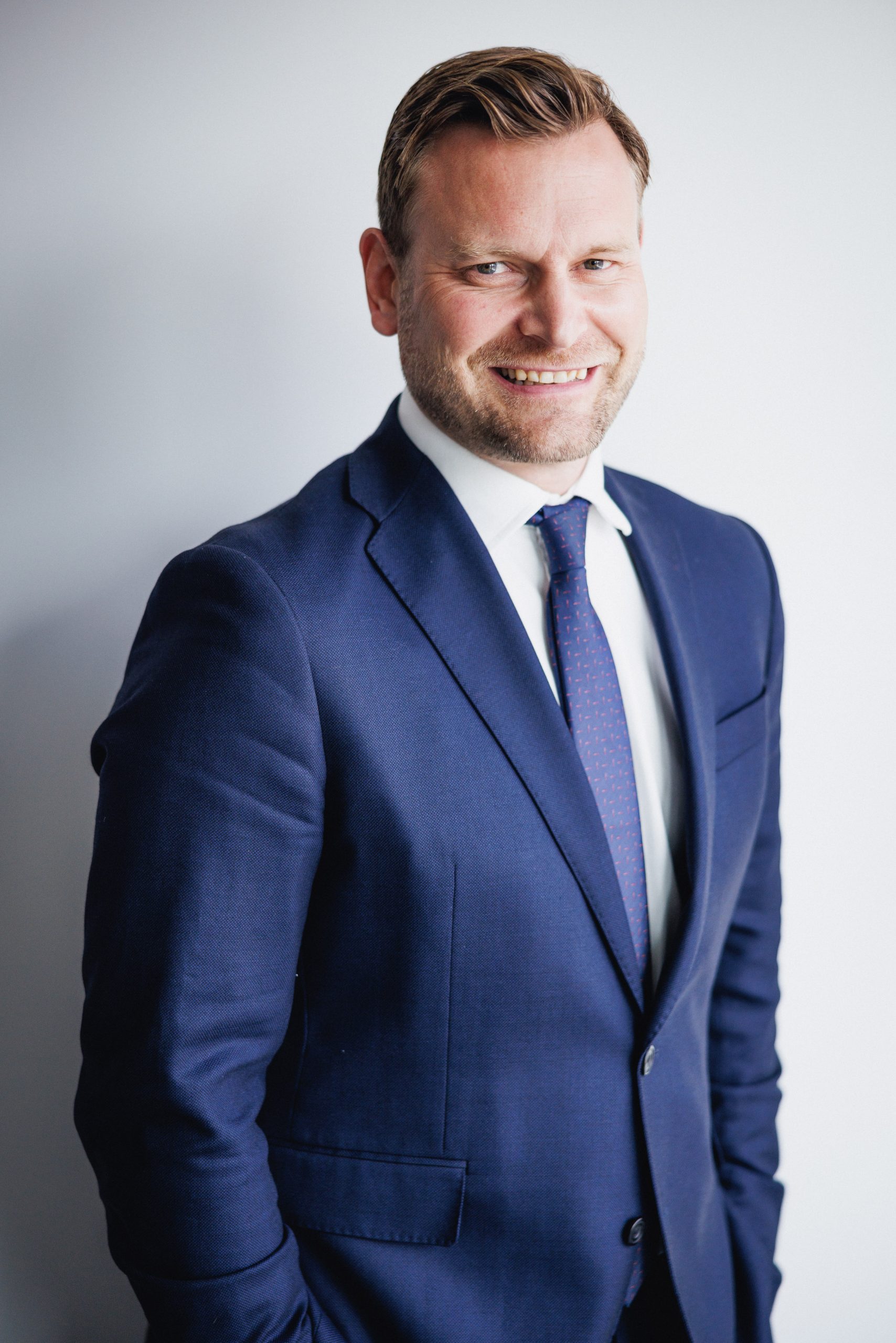Pes Planus (Flat Foot) & PTTD
Pes Planus (Flat Foot) is a condition that leads to flattening of the arch and rolling in of the ankle.
PTTD is often called adult-acquired flatfoot because it is the most common type of flatfoot developed during adulthood
What is Pes Planus (Flat feet) and Tibialis Posterior Tendon Dysfunction?
Flat feet are a common complaint across the world. In the vast majority of patients it is simply the result of genetics and the individual will not experience any symptoms. The asymptomatic flat foot will rarely need any treatment.
A foot that becomes flat with time is more of a concern. The reason why the foot becomes flat is commonly due to dysfunction and degeneration of the main tendon that wraps around the inside of the ankle and foot. This tendon is called the Tibialis Posterior (Tib Post) tendon and its main role is to maintain the normal arch along the inside of the foot. Problems with this tendon can cause both pain and flattening of the arch.

What are the symptoms of a flat foot or PTTD?
A patient will often complain of pain along the inside of the foot normally halfway between the heel and the tip of the big toe. This is where the Tib Post Tendon inserts to the foot and is a common site of inflammation. Deformity will occur if the tendon stops functioning. This can not only lead to a flat foot, but arthritis of the joints in the back of the foot may well follow.
How is it diagnosed?
Clinical examination by a foot and ankle specialist is the key to an accurate diagnosis. Ultrasound scans and MRI can be very helpful in confirming the diagnosis and helping to plan rehabilitation.
What are my options for treatment?
Preventing the progression of the condition is the key. Offloading the tendon through appropriate footwear or orthotics can prevent the condition from developing. Physiotherapy can also be beneficial. If these measures fail to control the symptoms then surgery is usually the next step. The type of surgery will depend on whether arthritis has set in or not. In the absence of arthritis, the option of tendon transfer surgery and heel bone realignment can be very effective. If the hindfoot joints are damaged, a triple fusion operation to realign the back of the foot may be the only remaining option.
If you or someone you know has suffered an injury or is experiencing pain across their lower limbs or difficulty with mobility and would like a consultant-led review, please contact us. Grosvenor Orthopaedics have extensive experience in the treatment of knee-related injuries with excellent patient outcomes.
BOOK NOW
Grosvenor Orthopaedics have extensive experience in the treatment of foot & ankle -related injuries with excellent patient outcomes.
FOOT & ANKLE CONDITIONS
If you would like to learn about other foot & ankle conditions click the button below to find out more
FOOT & ANKLE TREATMENTS
If you would like to learn about other foot & ankle treatments click the button below to find out more
our specialist FOOT & ANKLE consultants
Foot & ankle care at Grosvenor Orthopaedics is lead by Mr Tim Sinnett. A graduate of Cambridge and Imperial College medical schools and leading academic and trauma consultant for Chelsea and Westminster NHS trust. He is further supported by the orthopaedic team here including other consultant surgeons, nurses and care staff.
Our team are well placed to manage and treat a diverse range of foot and ankle concerns utilising cutting edge diagnostic technology and treatment approaches, both surgical and conservative. Below is an overview of some of the conditions we treat but for a more thorough understanding please contact our team here
What some of our patients say
Mrs JS
Thank you to the whole team for getting me back on my feet again


